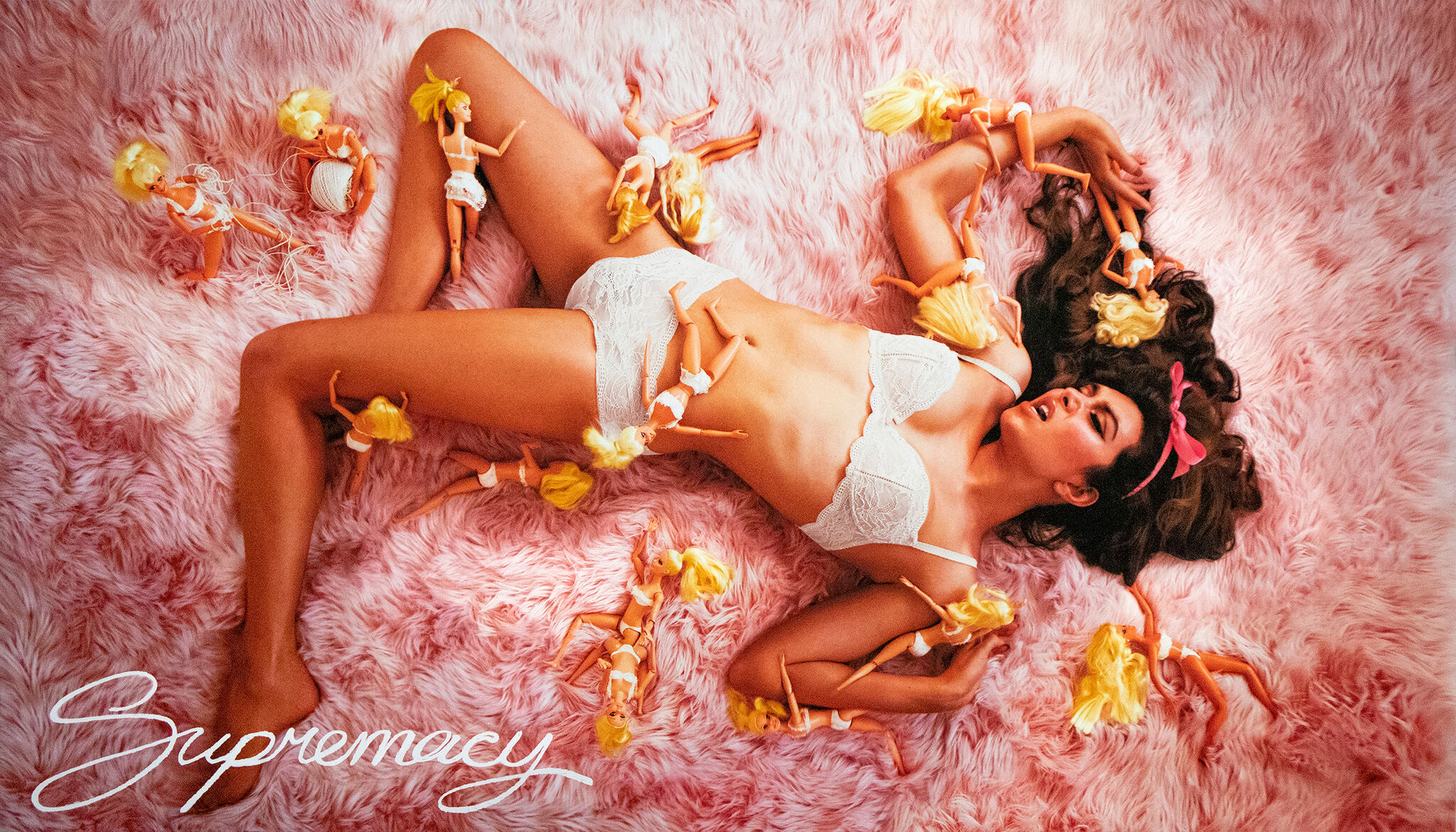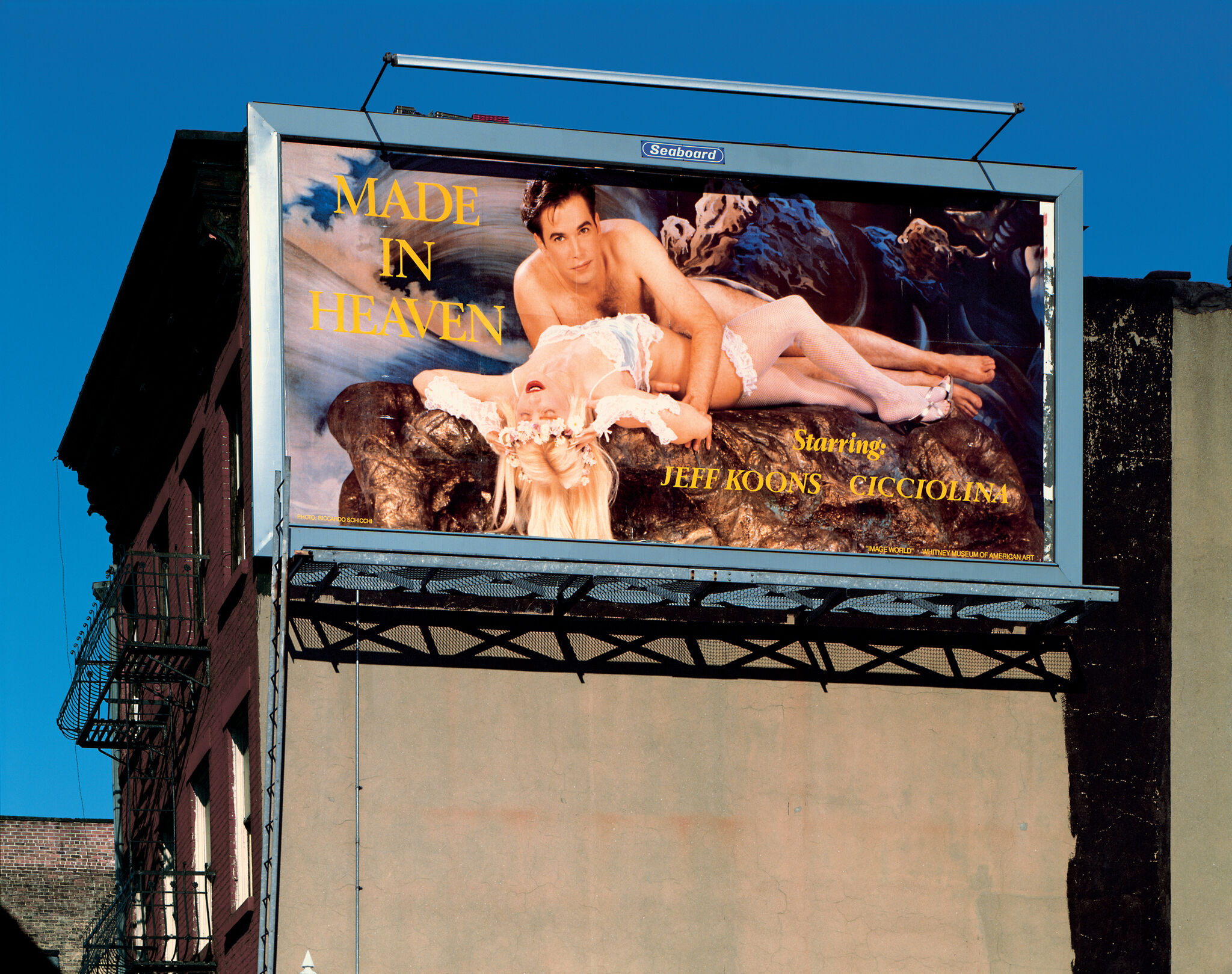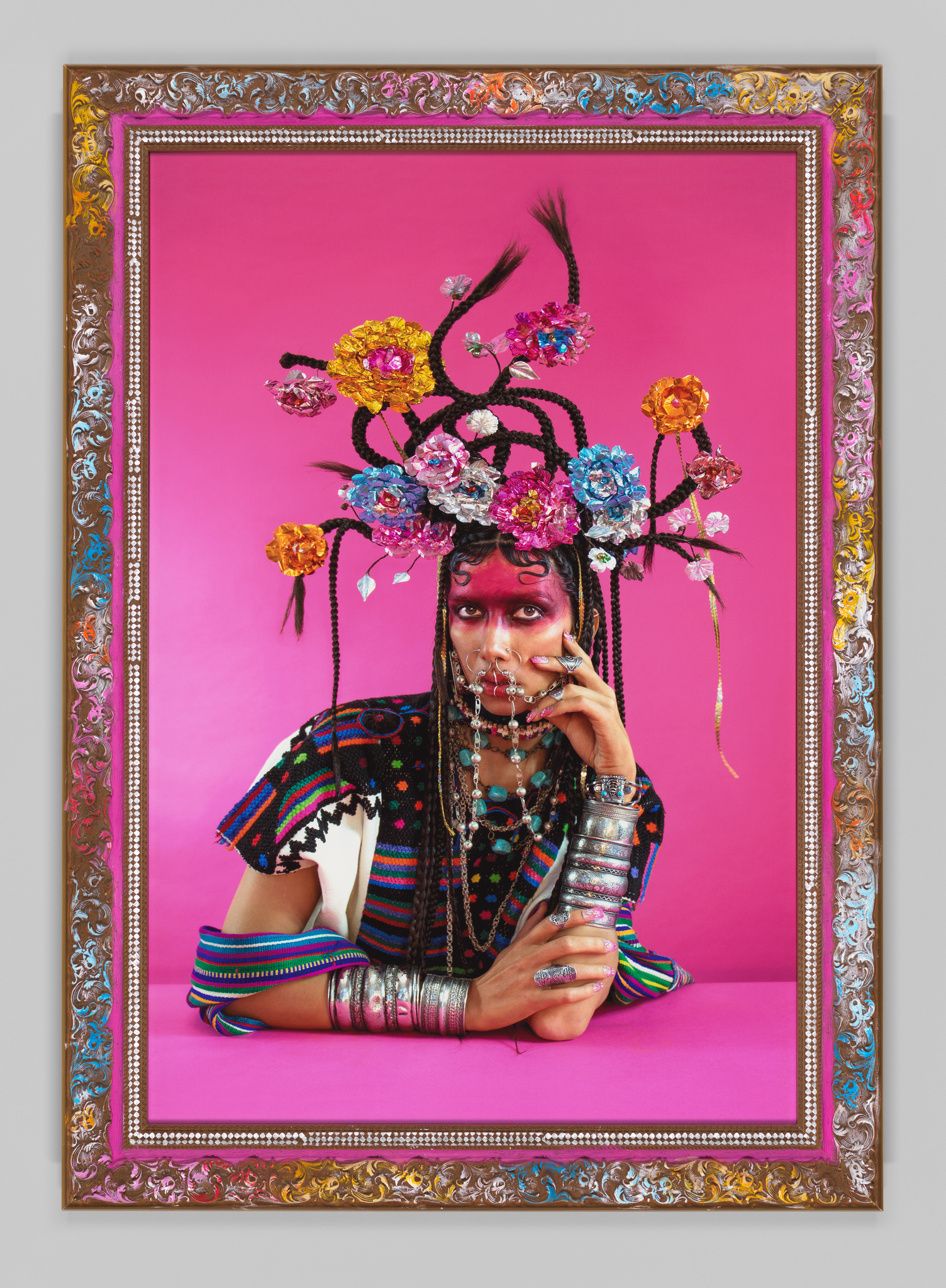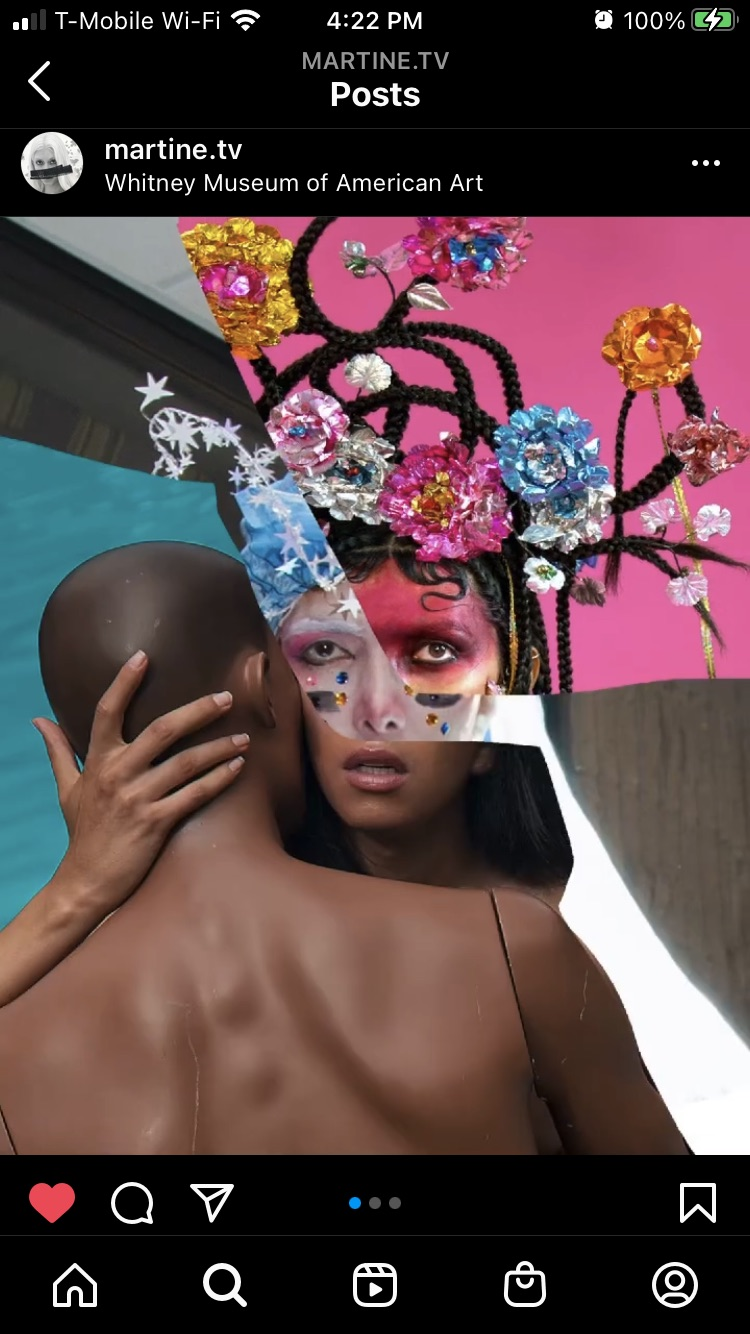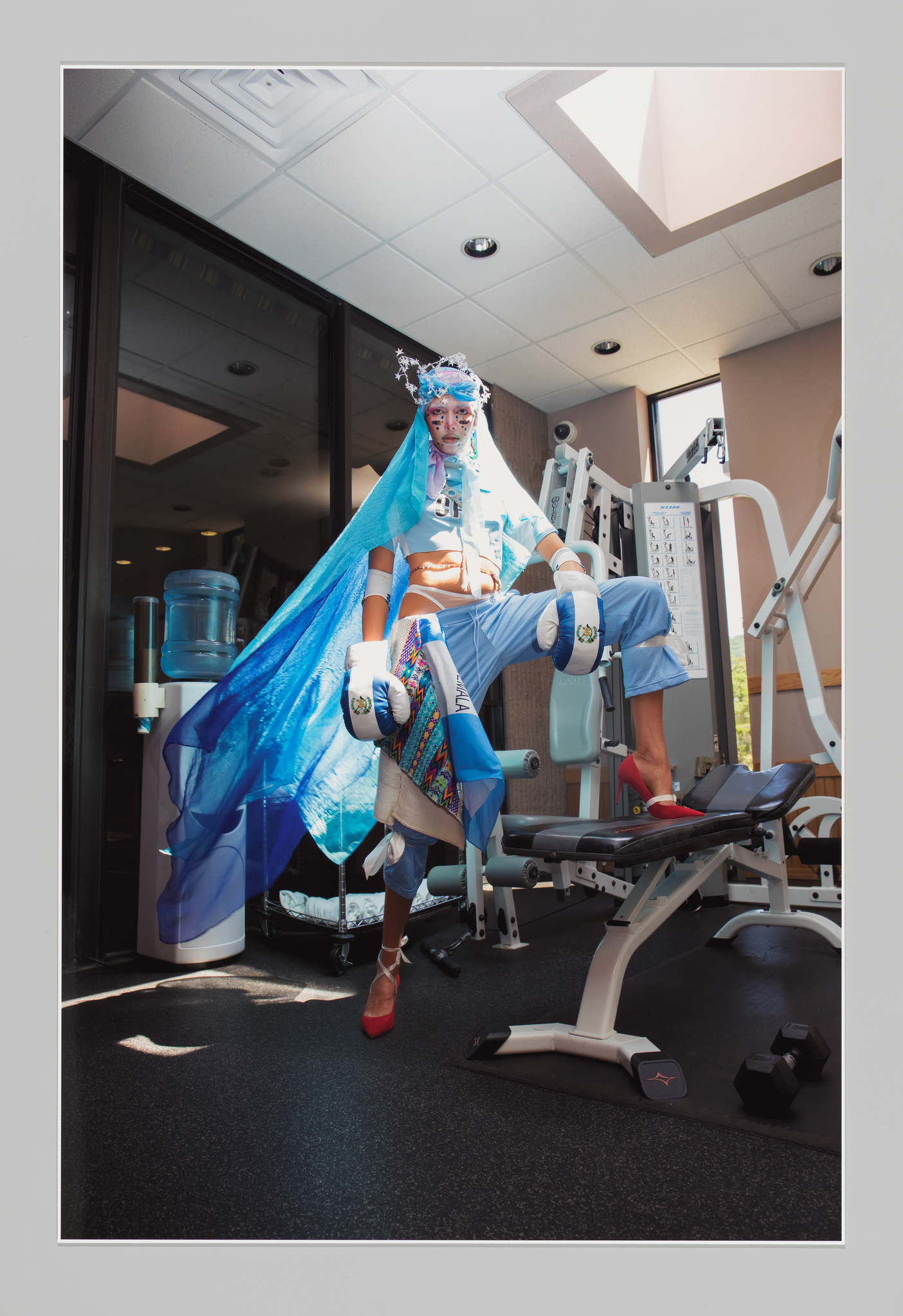Unspooled
I'm hidden in the constant nostalgia of my references, archiving them into my history, countering my native fetish, living the cultural intimacies of mis-translation. We are screenshots of everything we’ve ever “liked.” I am more interested in what a viewer sees than in my own illusions. The truest stories have no author, no single voice.
Every now and then I start falling for what an artist is supposed to be. For what? Recognition? Can someone have too much visibility? It should be a concern—putting forward the currency of qualifiers, the definitions of “self” cast for this year's campaign. To cash in, we must disclose.
We try to buy ourselves, in the belief that authenticity is a brand. Natured by the new millennium, nurtured by hours of reality tv, targeted by Barbie Dreamhouse and three easy payments of twenty-nine ninety-nine, captured by Gulliver’s avatars with long yellow hair and big boobs—dysphoria was Victoria's secret. Miss independent, Miss gendered. We don't know how to be adults, but we do know who has been positioned before the children. Learning another dance in front of the phone, adding another filter, booking another surgery. We want to be her, and we want her to be our “yas queen,” but Ariana Grande isn’t even Latina.
In 1989, as part of the exhibition Image World at the Whitney Museum of American Art, a show that explored the relationship between art and mass media culture, Jeff Koons created an outdoor billboard titled Made in Heaven.
The billboard had all the trappings of a film advertisement—a pithy title, a sexy scene, and the names of the two stars: Jeff Koons and Cicciolina (Ilona Staller). To unsuspecting passersby, the poster was that of a movie featuring two actors in a titillating pose; to those in the know, it was an artwork that cheekily toyed with the limits of art and signaled the birth of a celebrity artist. Koons understood that in order to reach that status, his art had to be adjacent to other “systems” or industries beyond the art world.Scott Rothkopf, Jeff Koons: A Retrospective (New York: Whitney Museum of American Art, 2014), 24.
The artist as media mogul, albeit under different guises, is taken up again in a 2021 billboard titled Supremacy by Martine Gutierrez.
It is important to distinguish that where Koons ends his quest to center himself in conversations on the limits of art and media, Gutierrez’s self-exploration as artist-cum-star begins. Koons blurred the boundaries of art, awakening tired discussions about taste, but he did it by employing the ultimate “system” of supremacy: that of white, male, straight, cis-gender normativity. With his heterosexual, Adam and Eve-esque relationship on display, Koons poked fun at the art world, all the while perpetuating an image of patriarchal power and domination. In her billboard, Gutierrez upends these tropes and, in doing so, opens up the possibility of unspooling a whole gamut of normalized assumptions.
Juggling diverse visual references, Gutierrez packs things in with Supremacy, starting with the off-white lingerie worn by a brunette model played by the artist herself. With her mouth agape, as if in a sexual trance, the model’s appearance is reminiscent of Cicciolina’s, from her garments to her expression of pleasurable rapture. Differences start to unfold, however, most significantly through the fact that in Gutierrez’s photograph there is no presence of a man. The attention falls on the woman on display, marking a clear difference in power dynamics at play in Supremacy versus Made in Heaven. Furthermore, the absence of a co-star means that the language (or “system” as Koons called it) operating in this advertisement is not that of film but of fashion. For one, there are no “stars” named in Gutierrez’s billboard. Neither is there anyone staring back, daringly breaking the fourth wall, to suggest a narrative—in Koons’s case, perhaps something salacious between him and the “actress” Cicciolina. Rather, Gutierrez’s image is made up of elements that index fashion’s fixation with clothing, beauty, and its own image as a progressive (read: “woke”) industry.
In Gutierrez’s billboard, the model lies on a saccharine pink shaggy rug. Her “broken doll” pose recalls the photo shoots of Tyra Banks’s early-aughts show America’s Next Top Model (2003–18). Scattered across her body are blonde Barbie-like dolls that echo her lingerie and pose. Closer inspection reveals, however, that these are not innocent dolls. In fact, the two dolls in the upper left corner are unspooling the white thread out of which the model’s garments are presumably made. Another doll pulls the model’s hair, while another pushes into her thigh. The expression one might have mistaken for that of pleasure now reads like one of pain. In this context, the model’s pose resembles a chalk outline drawn at a crime scene. In this advertisement, Gutierrez is under attack by figurines representing sexist ideals of perfection. Here, Supremacy is both the name of the game and the brand on display.
Deciphering Supremacy's multiple layers requires the viewer to draw on the visual vocabulary of advertising. For example, note the difference in body language between the brunette model and the blonde dolls pinning her down. She is outnumbered by pesky representations of the highest ideals of Western womanhood. The way they treat her body—biting, pushing, pulling, pinching—are analogous to the tweaking and editing that the model’s image would be subjected to digitally. White, blonde, and cis, the dolls are avatars of what Gutierrez—a multiethnic, nonbinary trans woman—is not. The dream that the ad sells you, Gutierrez seems to be saying, is also the repressive force that mistreats those who do not fit into the industry’s definition of “women.”
In June 2021, when asked about what she had planned for the Whitney billboard, Gutierrez told an interviewer at Whitewall: “Picture if you can, Ariana Grande in a Victoria’s Secret campaign, and then subvert it.”Pearl Fontaine, “From INDIGENOUS WOMAN to CHINA DOLL, Martine Gutierrez Remains the Boss,” Whitewall, June 23, 2021.Gutierrez invokes Grande and the lingerie corporation as metaphors of racialized and gendered beauty norms. In the case of Grande, Gutierrez is interested in popular perceptions of the pop star’s identity and how they have defined our own as consumers. Grande (who is of Italian descent) is often perceived to be Latinx. But it is not the appropriation of a marginalized identity, whether deliberately or not, that interests Gutierrez as much as the apparatus behind the construction and our emotional investment in such perceptions. As a pop star with a highly curated image, the ambiguity of her ethnic background is undoubtably strategic. Creating such “confusion” has also benefited the self-branding of other celebrities such as Kim Kardashian (whom Gutierrez has also referenced in her work). The commercialization of such figures and their capitalizing on perceptions of non-Eurocentric ethnicities is the supremacist implication that Gutierrez wants to unveil.
In the case of Victoria’s Secret, the brand has spent decades selling consumers mirages of high femininity in the form of their particular styling of supermodels—women like Tyra Banks and Gisele Bündchen were known for transforming sexy lingerie into an affordable commodity for the masses. The company’s models—so-called “Angels,” presumably made in the sexy heavens of capitalism—epitomized the feminine ideals of the 1990s and 2000s.In 2021, Victoria’s Secret announced a new rebranding direction called the VS Collective that would move the company away from the Angels campaign. The faces of the rebrand will include prominent women activists, athletes, and actors and will feature the likes of Megan Rapinoe and Priyanka Chopra. See Sapna Maheshwari and Vanessa Friedman, “Victoria’s Secret Swaps Angels for ‘What Women Want.’ Will They Buy It?,” New York Times, June 16, 2021. It is against this template—unrealistic and oppressive yet seductive and aspirational—that Gutierrez positions her own body. “It’s all so ingrained within cis culture,” she explained in a 2016 interview, “that anyone who is Trans or non-gender binary is forced to maneuver though the Supermodel propaganda as well.”Audra Wist, “The Girl in the Picture: An Interview of Performance Artist Martine Gutierrez,” Autre Magazine, October 28, 2016.The secret, the artist tells us as we peel back the layers of the proverbial onion that is her art, is that the supermodel is itself a version of the feminine in drag.
In the industries of fashion, merchandising, and advertising, the transformation of cis women into sexually objectified products has been paramount to the success of media campaigns. In fact, one of Victoria’s Secret’s brands, Pink, was built on a notably problematic concept. The line targeted young girls and women, aged fifteen to twenty-two, and featured merchandise with sexual innuendos such as “I Dare You” stitched across the backside of briefs. To be clear, it is not the sexual awareness of young women that creates uneasy feelings, but rather the marketing of trite and salacious phrases that center heterosexual male desire and leave no space for empowered, individually defined sexualities.
Gutierrez contends with these tropes while also commenting on the politics of autonomy and consent. Behind the glossy and almost bubblegum-esque aura of Supremacy is the intellectual and physical labor of an artist who has made branding central to her work. As with her project Indigenous Woman (2018), for which the artist created a 124-page magazine that both celebrated her Mayan heritage and navigated contemporary perceptions of Indigeneity, Gutierrez was the sole executant of Supremacy.
She was the photographer, lighting director, stylist, makeup artist, editor, set designer, and model. Beyond the need for creative control over her product, Gutierrez’s purpose is to claim the agency that is seldom afforded to trans creators. Both the creation and the questioning of what she is (not) selling are done on her own terms.
Social media, specifically Instagram, is another tool Gutierrez uses to create her work. The artist’s curated account acts as a perfect voyeuristic playground, where viewers can watch people watch her and witness the ways in which the artifice of perception plays itself out—her handle is, after all, @martine.tv. One could think of Gutierrez’s Instagram as a virtual “insurgent museum,” a concept that scholar Julia Bryan-Wilson coined in 2021 to refer to the ways that LGBTQIA+ artists are queering museums’ “hegemonic regimes, reinventing them as liberatory rather than confining.”Julia Bryan-Wilson, “Impermanent Collections: Julia Bryan-Wilson on Queer and Trans Artists’ Museums,” Artforum, September 2021.It is a fitting description, that of a virtual insurgent museum, in light of Gutierrez’s recent additions to the permanent collection of the Whitney Museum.Four photographs were purchased and one gift was recently ratified. In a catchy yet moving Instagram post from May 30, 2021, the artist addressed the acquisition of her work (which includes four images from Indigenous Woman), writing: “I’ve wanted this. I’ve dreamed this the same way I’ve dreamed of my body, friends, and lovers. Now someone I’ll never know will study my face, its likeness, to remain long after I’m gone, another Botticelli girl with and without consent, another object made into some symbol of theory, of ‘first.’”Martine Gutierrez (@martine.tv), “Six Would Have Been Too Many,” Instagram post, May 30, 2021.
The statement’s ambivalent tone loops back to Supremacy’s prophecy: as alluring as the white thread of perfection is, it can also pin us down. For Gutierrez, one of the most valuable currencies in the art world—having your work acquired by a museum—also implies the slow relinquishing of her image into the vaults of history.
Gutierrez is right to ponder the ability of museums to care for and frame the work of trans artists in their collection. She is an artist with a penchant for unraveling the meaning of language, both visual and verbal, so it should be noted that here the words “care” and “frame” do not just apply to objects. They also apply to her as a person and a maker. The question then remains, how can a body of work that is profoundly about transformation, cultural perceptions, autonomy, and consent, exist in a space anchored by cornerstones of preservation, accumulation, categorization, and presentation? Like Gutierrez’s practice—a porous arena that rejects any concrete answers—the point is not to find the truth but to begin unspooling its contradictions.

